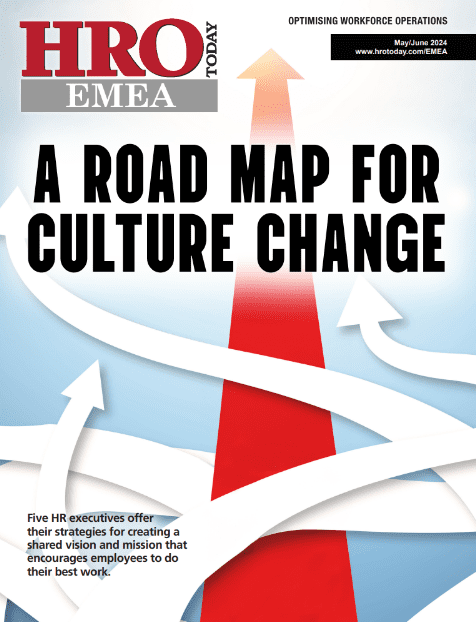These three trends will help organisations prepare for what’s to come in 2023.
By Zee Johnson
The employee experience is an essential part of talent acquisition and retention, and the better the experience, the more quality, high-performing talent companies can expect to retain.
EngageRocket’s The HR 2023 Outlook report found seven key trends that will lead the APAC workforce through to next year and that will ultimately help influence the employee experience.
Trend 1: “New Work” Isn’t Going Anywhere
It’s no secret that work happens much differently now. For employees, compensation is no longer the top concern. Now, they care more about their purpose with a company, how fulfilling work is, and how their organisation prioritises their mental, emotional, and physical well-being.
And even with this new norm, some organisations are slowly grasping onto the new reality.
For instance, remote for many companies is here to stay, yet some leaders are eager to get rid of it. However, with 39% of respondents saying that they would consider quitting if their bosses did not support remote work, facing the reality of today will suit leaders better in their attraction and retention efforts.
If organisations want to stay ahead of retention, they’ll need to their strategies in a way that works for both them and their employees. This can be done through open and effective communication, listening sessions, and check-ins.
Trend 2: Investing in Well-Being to Propel Growth
Employees are looking to work for organisations that are largely investing in employee well-being that will ultimately bolster employee resilience and confidence. In fact, the report found resilience to be the top predictor of an employee’s intent to stay with a company.
Now that employees are more prone to burnout, even more than at the height of COVID-driven lockdowns, employers must take extra precautions to ensure workers are taken care of—and extra precautions should be taken for certain groups. For instance, 30% of caregivers with a high workload are at risk of burnout, compared to 22% of non-caregivers. Likewise, Millennials are also running a high risk for burnout and are the least likely to stay with a company for more than a year among all age groups.
Companies that invest in mental health and resilience by fostering a safe environment and providing resources that mitigate stress will see an uptick in retention and output.
Trend 3: People Analytics are Key
Analytics, upgraded learning platforms, and virtual working technologies are among the top priorities for HR in the near future (70%). But with HR’s confidence in its ability to use data and analytics declining by 3 percentage points in the last three years, becoming accustomed to and implementing new systems is crucial.
“People analytics skills will no longer be nice to have,” EngageRocket’s Vice President of People Science, Sonali Sharma, said. “Instead, every human resource business partner will be expected to have a minimum level of analytics competency, or teams will have dedicated people analytics functions.”
And systems of the future won’t focus on headcount and utilisation as existing HR data systems do. Instead, new age people analytics will be more automated, allowing organisations to make evidence-based people decisions.
People analytics training and implementation can help bridge the divide between the old and the new. Transparent communications and getting organisation-wide buy-in will help with implementation and in the future, allow companies to reap the benefits from their investment.














